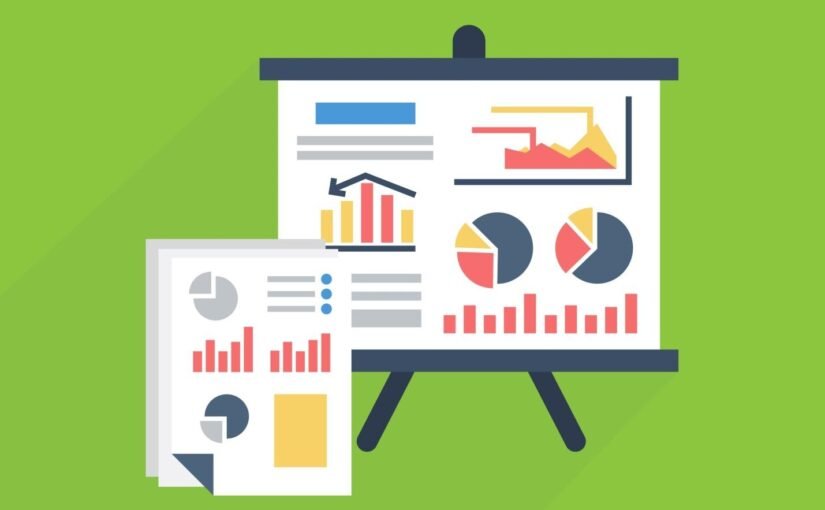If you’re making infographics, then you must know about infographic charts. It’s not always about relying on numbers to prove your point. Sometimes, using charts can help you make a point a lot easier.
Still, these charts may come in a myriad of forms. However, not all of them are suitable for an infographic. Hence, it’s important that you know which infographics are the best to use.
That’s why today, we’re sharing which charts to use with you. Thus, making things simpler for you. Read on to find out what we’re going to discuss.
Bar Chart
Bar is a type of chart used to display numerical data or comparison information in a visual and concise way. They are frequently used to compare items to each other like:
- tracking changes over time
- comparing various components
- showing differences
Bar charts are useful for showing key trends and patterns in data that a reader can quickly interpret. They often require some data manipulation to get the maximum amount of information across in a visual manner.
Pie Chart
This type of chart is most effective when displaying data that has been divided into components or categories, such as percentages or other fractions. Pie charts make it simple for both the presenter and the viewer to compare how the overall data relate to one another at a glance.
They are also a great choice when there are only a few data points, as an overcrowded chart can quickly become difficult to interpret. Pie charts can be used to summarise multiple quantities in a fraction format or to highlight the proportions of a single category in relation to the total.
Scatter Plot
If you’re trying to compare two sets of data points over a certain timeframe, then you should consider using a scatter plot infographics chart. This type of chart allows you to represent data points that are both related and independent of one another. With a scatter plot, you can place individual data points along the x and y axes, creating a graph that visually displays trends and correlations.
A scatter plot can represent a large amount of data points in a concise way. As such, a scatter plot is a more powerful tool for data analysis. When it comes to understanding how to make an infographic, the right chart can make or break it. The chart you choose should be simple yet informative, visually pleasing, and easy to understand.
Histogram
A histogram is a type of bar chart that shows the frequency of data distribution. The chart shows the number of occurrences of certain values or ranges of values in the dataset. To construct a histogram, one must divide the data into a number of intervals and count the number of cases that fall into each interval.
Histograms are often used to display things like the frequency of customer ages, responses to survey questions, or test scores. Knowing the number of occurrences allows one to compare multiple data sets, as well as see correlations between variables.
Choose The Right Infographic Chart for Your Data
Using the right infographic allows your data to be clearly communicated and easily understood. Use these guidelines to help you decide which infographic chart to choose. Ultimately, the best infographic chart to use is the one that best suits you and the data you want to convey. Don’t forget to experiment with different visuals to create the perfect design!
If you’re looking for more ways that will help you, check out the rest of our website for more tips!

